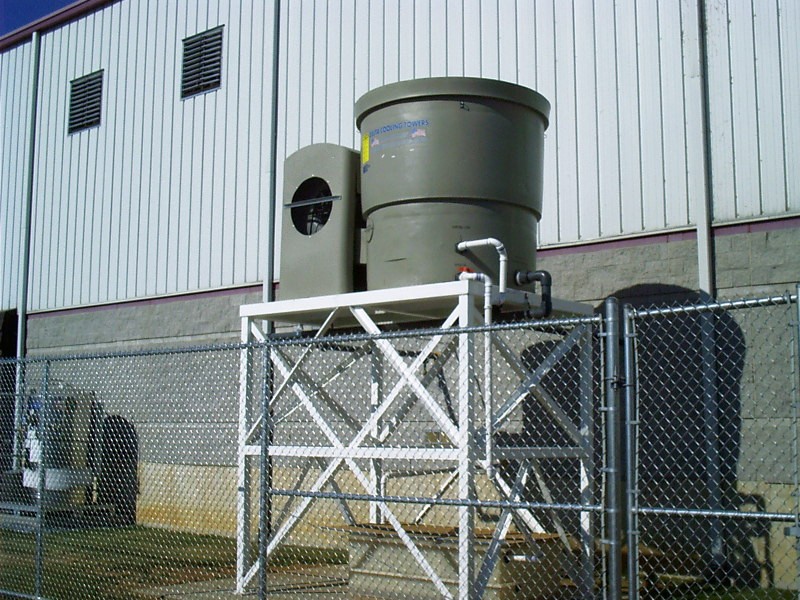Energy Sources
There are a variety of machines that can be used for heating and cooling, and most can be powered by electricity, gas or even oil. One unit that can be used for both heating and cooling is a heat pump, which moves heat from one space into another. In the winter, a heat pump moves thermal energy (generated by a furnace or boiler) into your living space. In the summer, it moves it out of your living space. (As you research this topic further, you may see the term “heat” used in various ways; in layman’s terms, a high temperature is called heat, but in physics, the transfer of energy itself is what is referred to as heat.)
Where the Energy Goes
When you’re working to move higher-temperature air into your home, it’s pretty clear how the thermal energy of the air is increased (a furnace or boiler). But when you’re trying to lower that thermal energy, where does the heat pump or chiller move it to? Most HVAC systems remove heat from your home using a device called a cooling tower. Cooling towers are placed outside the building, either on the roof or adjacent to the building, but they work on essentially the same principles as the massive industrial cooling towers used to remove waste heat from petrochemical refineries and nuclear power plants. The cooling tower moves heat from the water to the exhausting air thru evaporation.
How Cooling Towers Work
There are a few kinds of cooling towers, but most work using evaporation and are very energy efficient. Heat is removed from the water circulating in the system by evaporating a small portion of it. Cooling towers can also work in a similar manner with the condensers of heat pumps. This design is actually based on the condensers created for steam engines in the 1800s.
Cooling Towers and the Environment
Many people who see power plant cooling towers assume that they’re chimneys, belching smoke and pollution into the air. But the cloud that you see above a cooling tower is actually just condensed steam, the same water droplets that make up clouds. Cooling towers are no worse for the environment than any other devices that reject heat into the atmosphere, and are more environmentally friendly than once-thru strategies that raise the temperature of water sources such as rivers.
Do you have any other questions about how cooling towers work as part of your HVAC system? Read more in our Cooling Tower resources and find a Delta Cooling Towers rep in your area.
 Central HVAC systems work to heat and cool your building year-round. But how much do you really know about how these systems work? Below is a brief summary to get you started in your research. The most important factor to keep in mind as you read is a basic principle of physics: energy cannot be destroyed, so thermal energy (which determines temperature) must be transferred elsewhere in order to result in a temperature change.
Central HVAC systems work to heat and cool your building year-round. But how much do you really know about how these systems work? Below is a brief summary to get you started in your research. The most important factor to keep in mind as you read is a basic principle of physics: energy cannot be destroyed, so thermal energy (which determines temperature) must be transferred elsewhere in order to result in a temperature change.